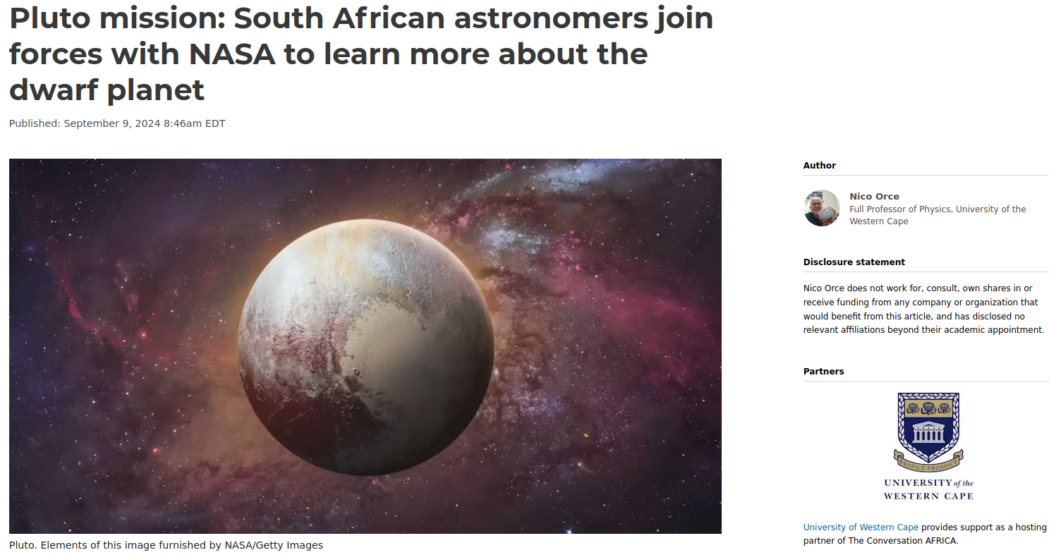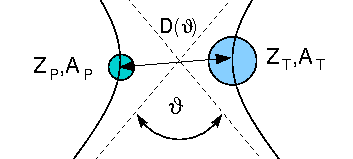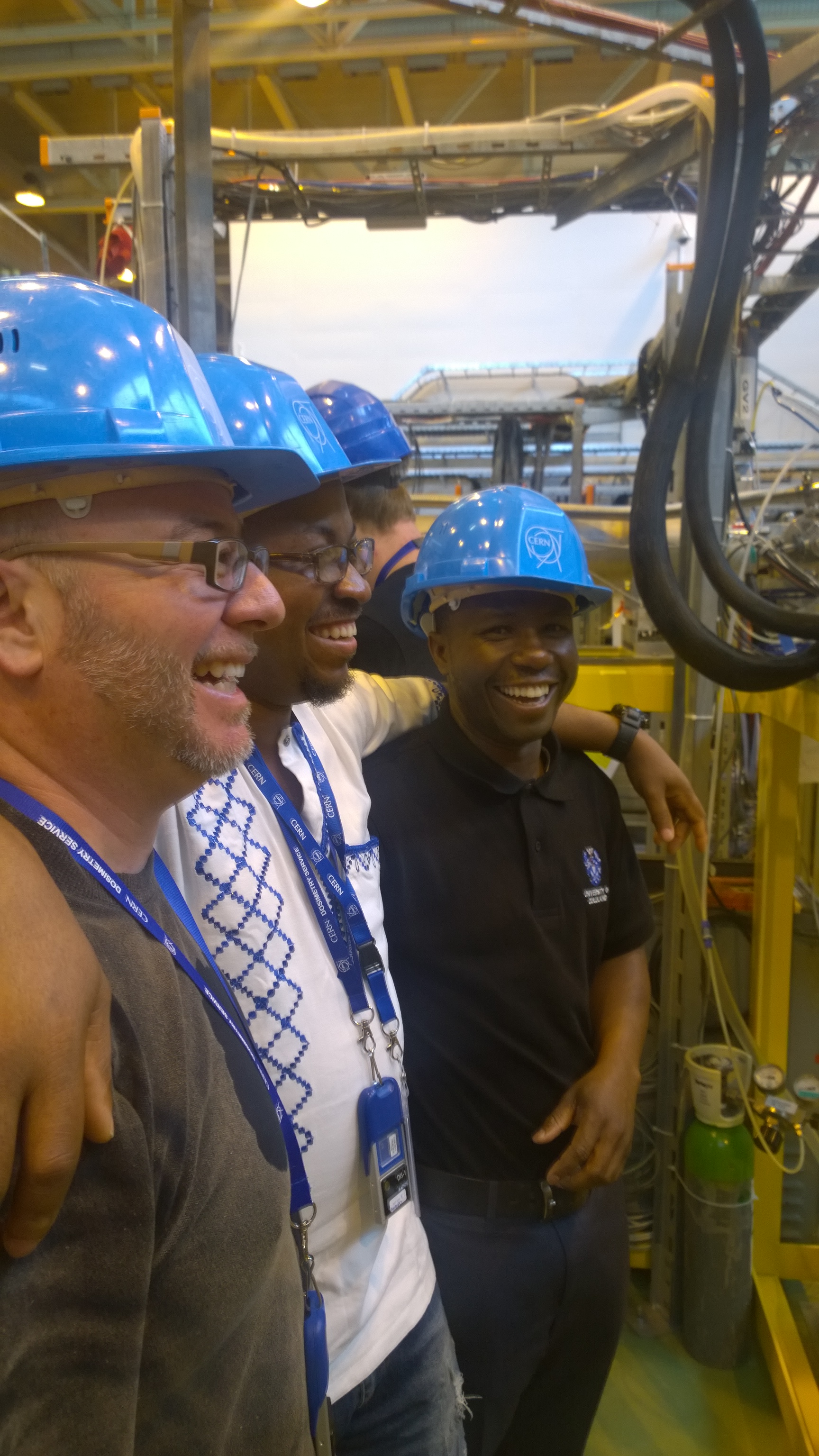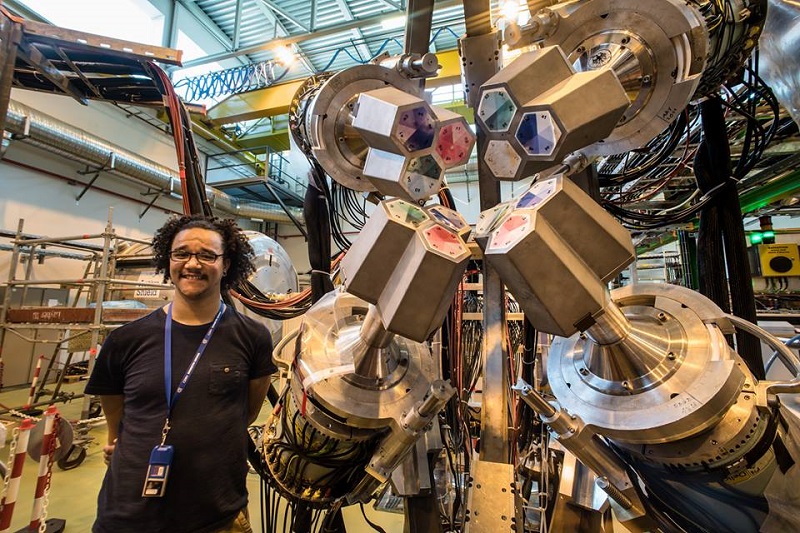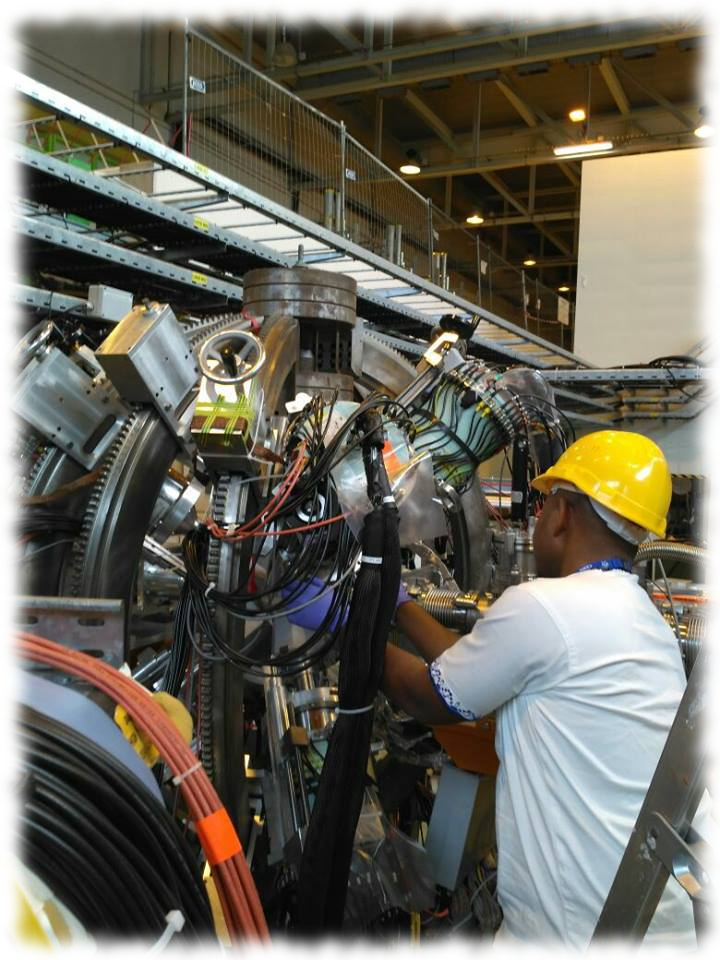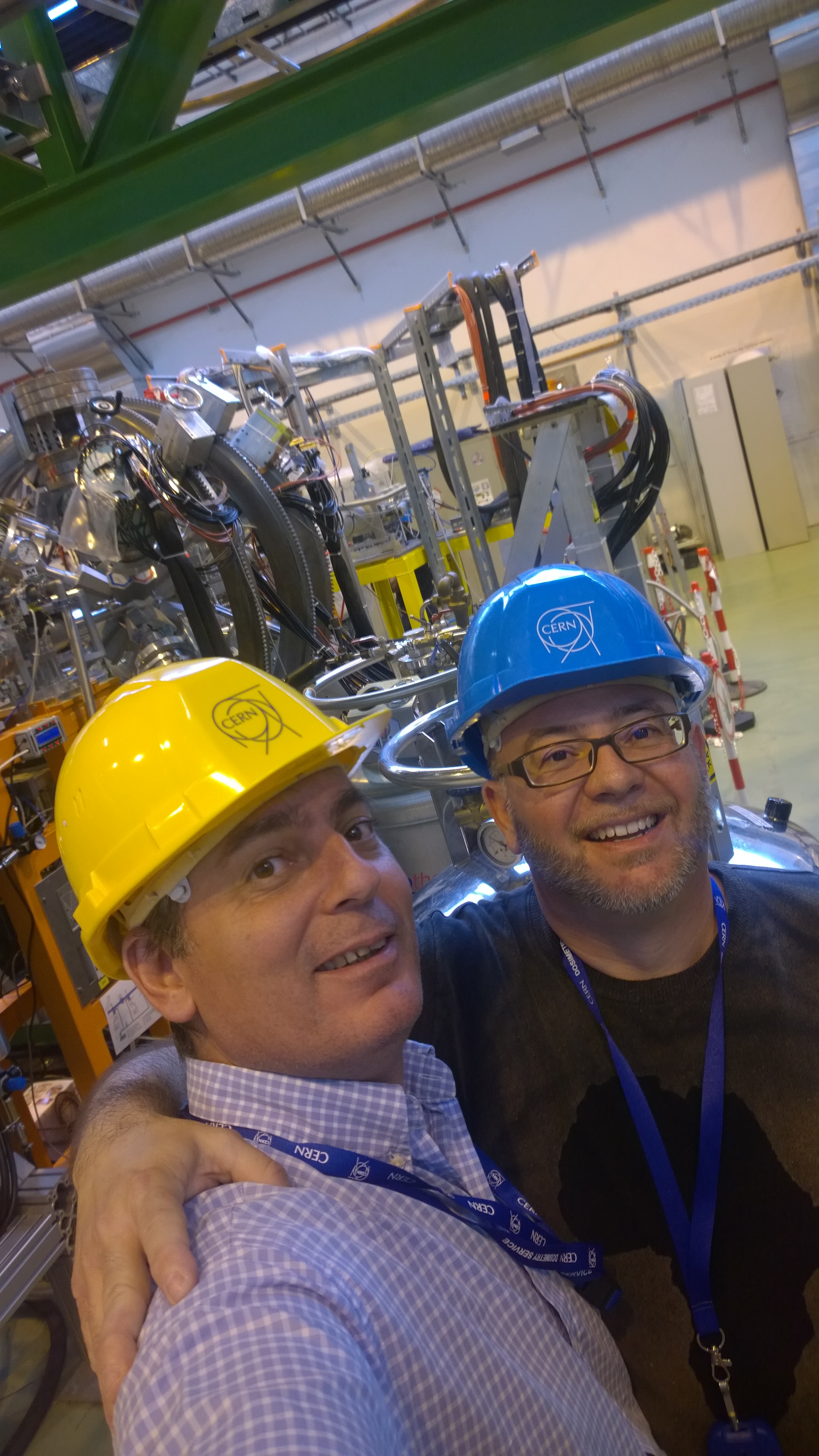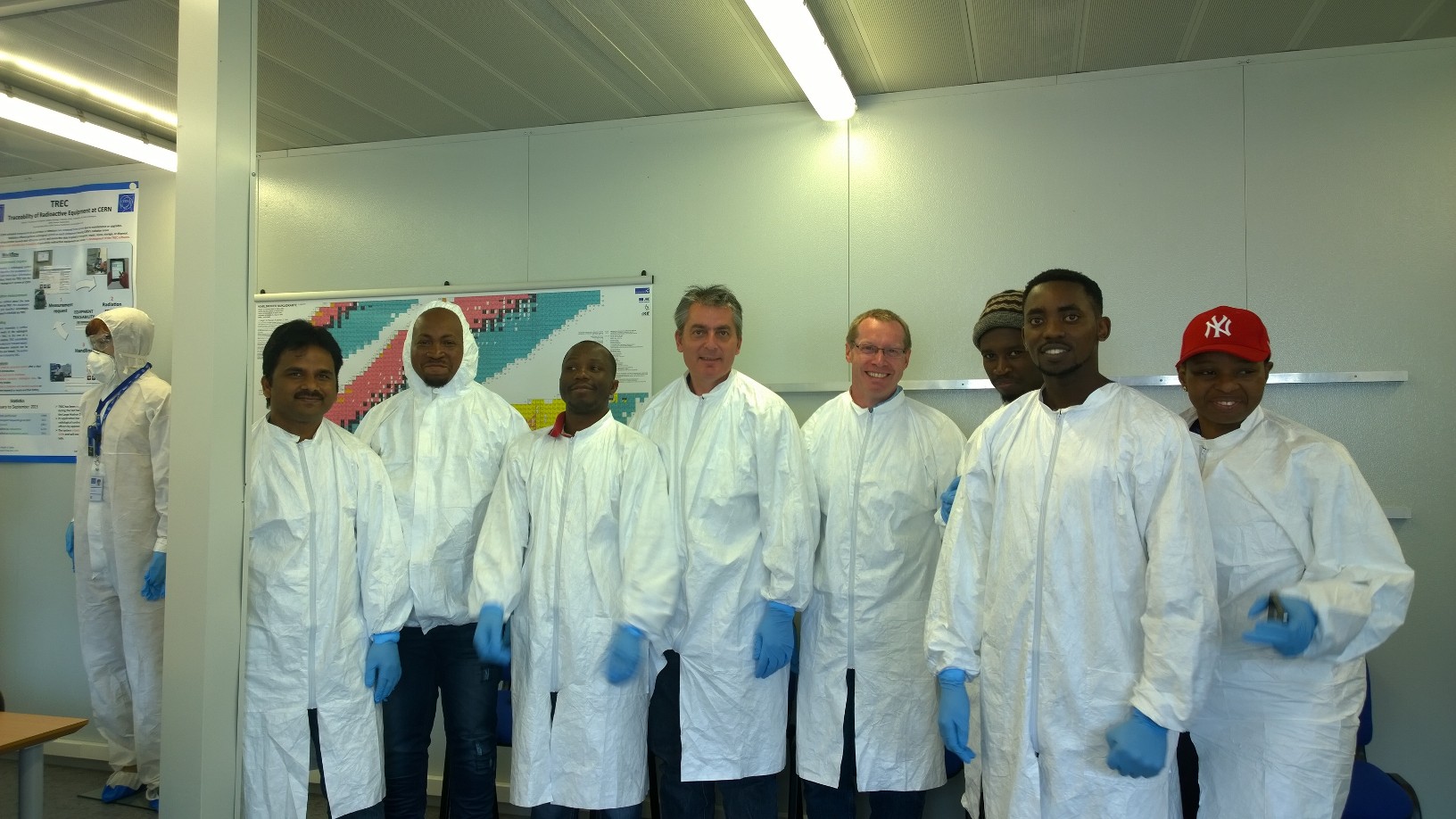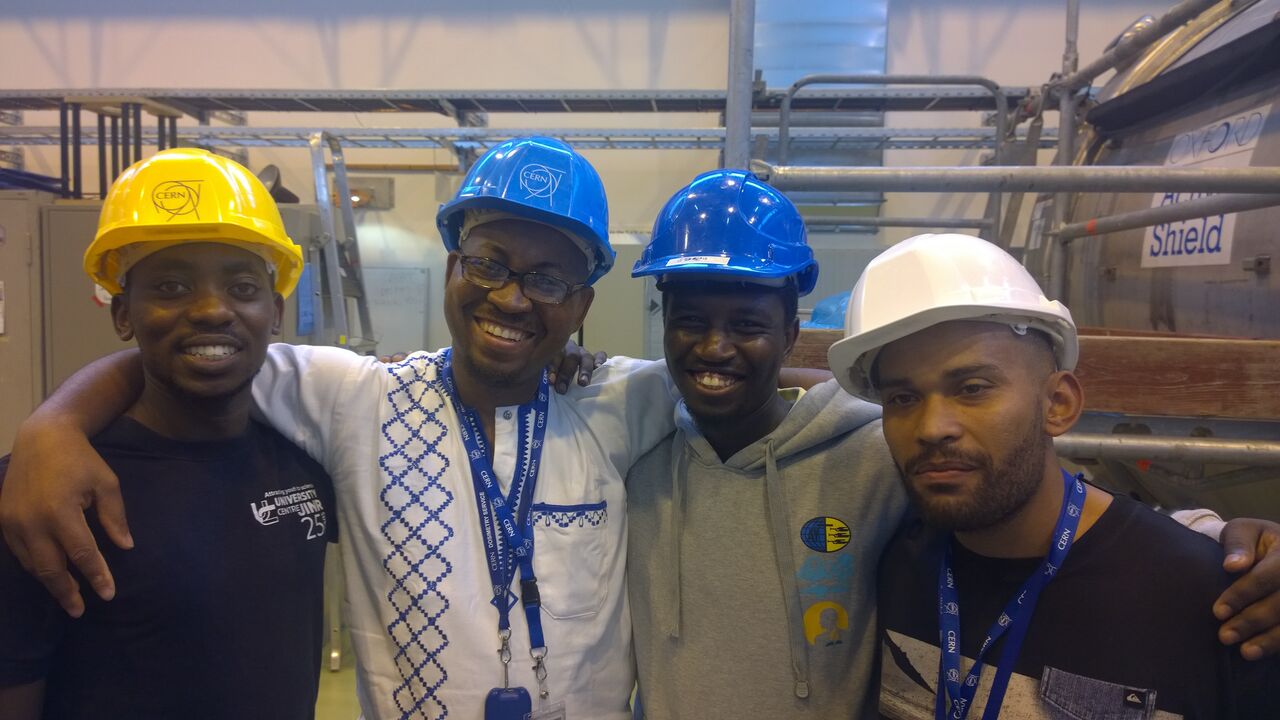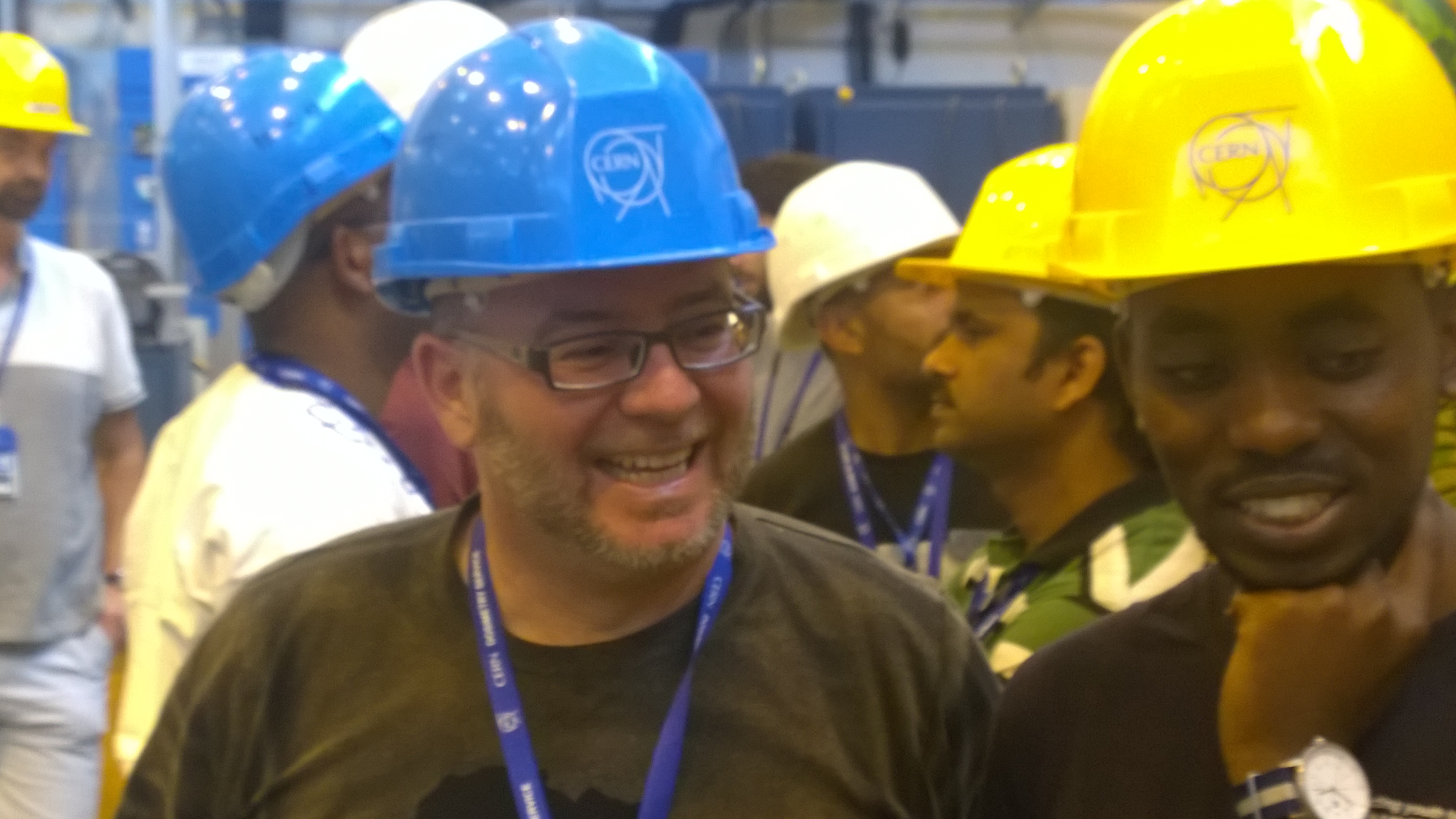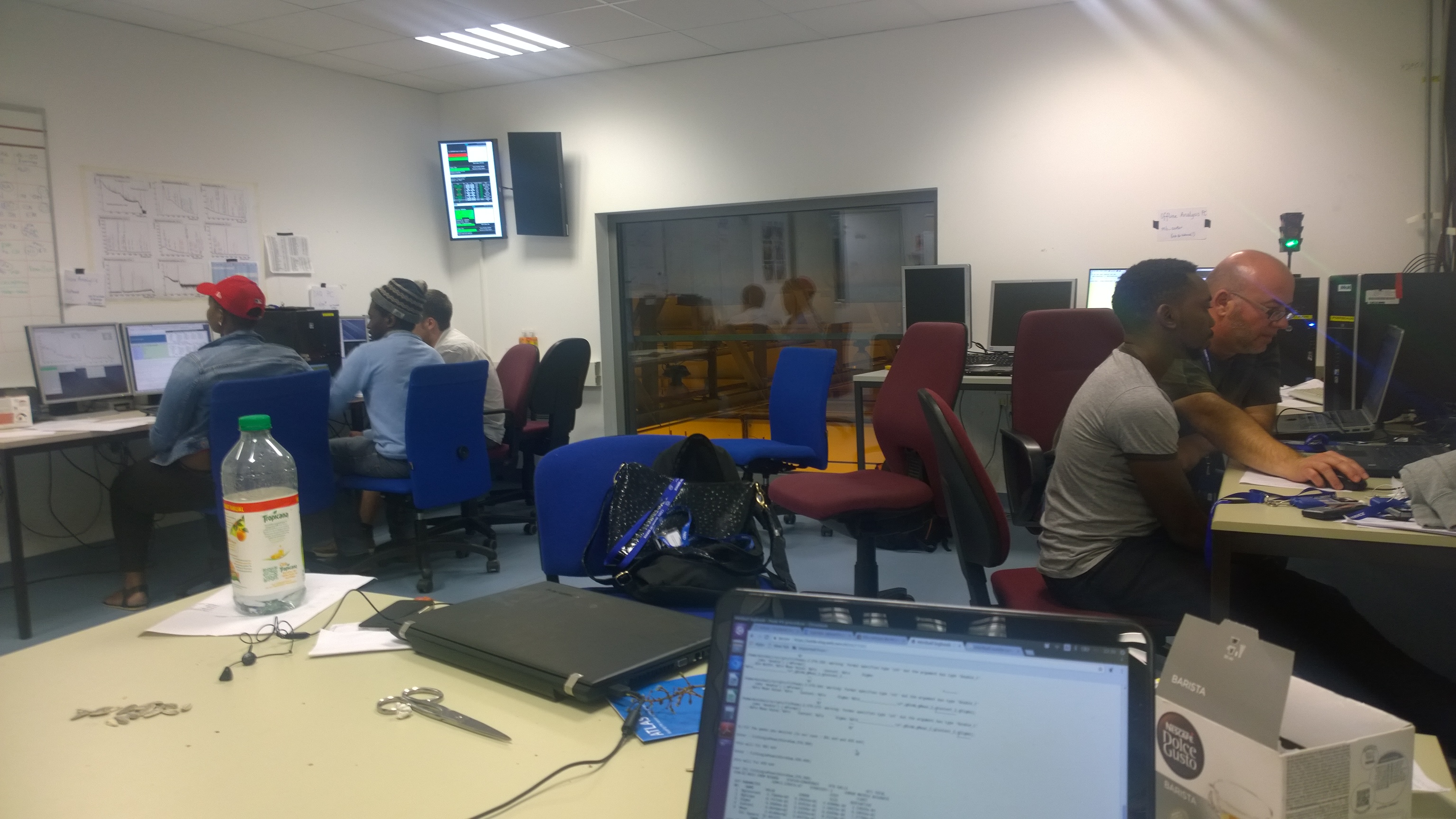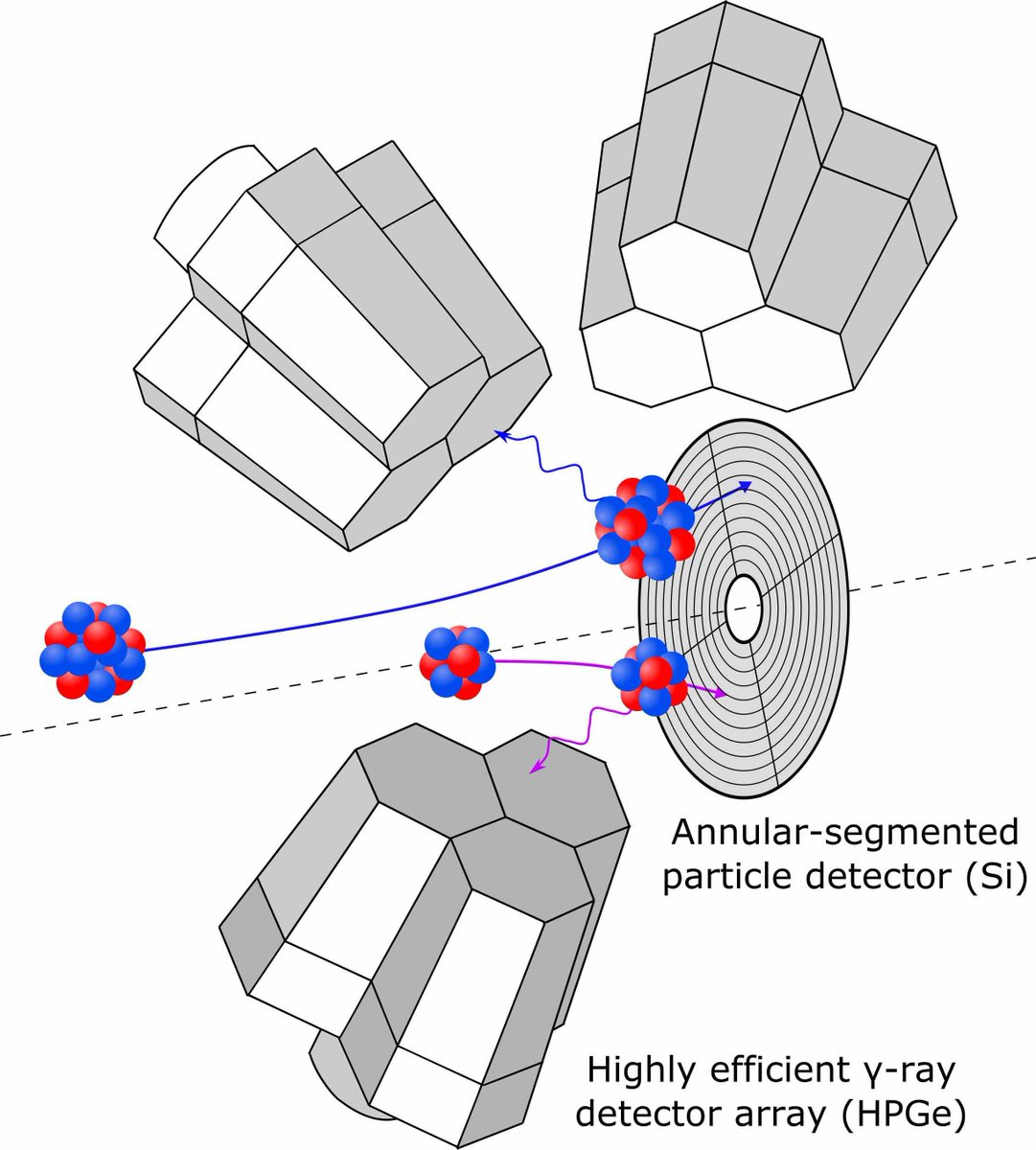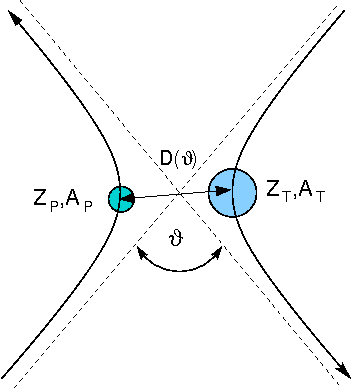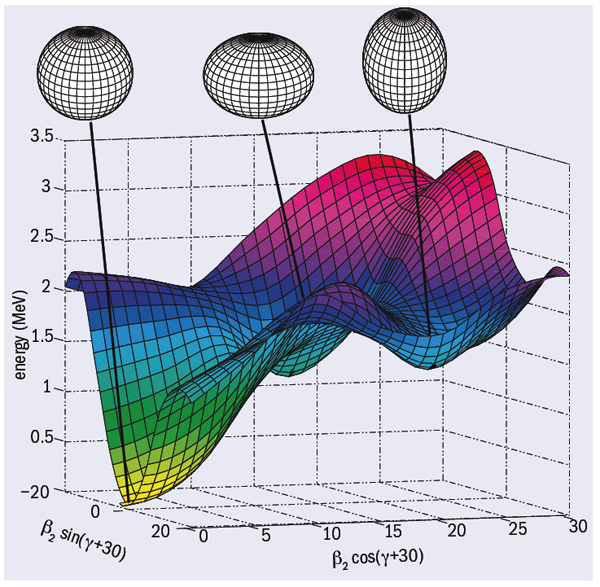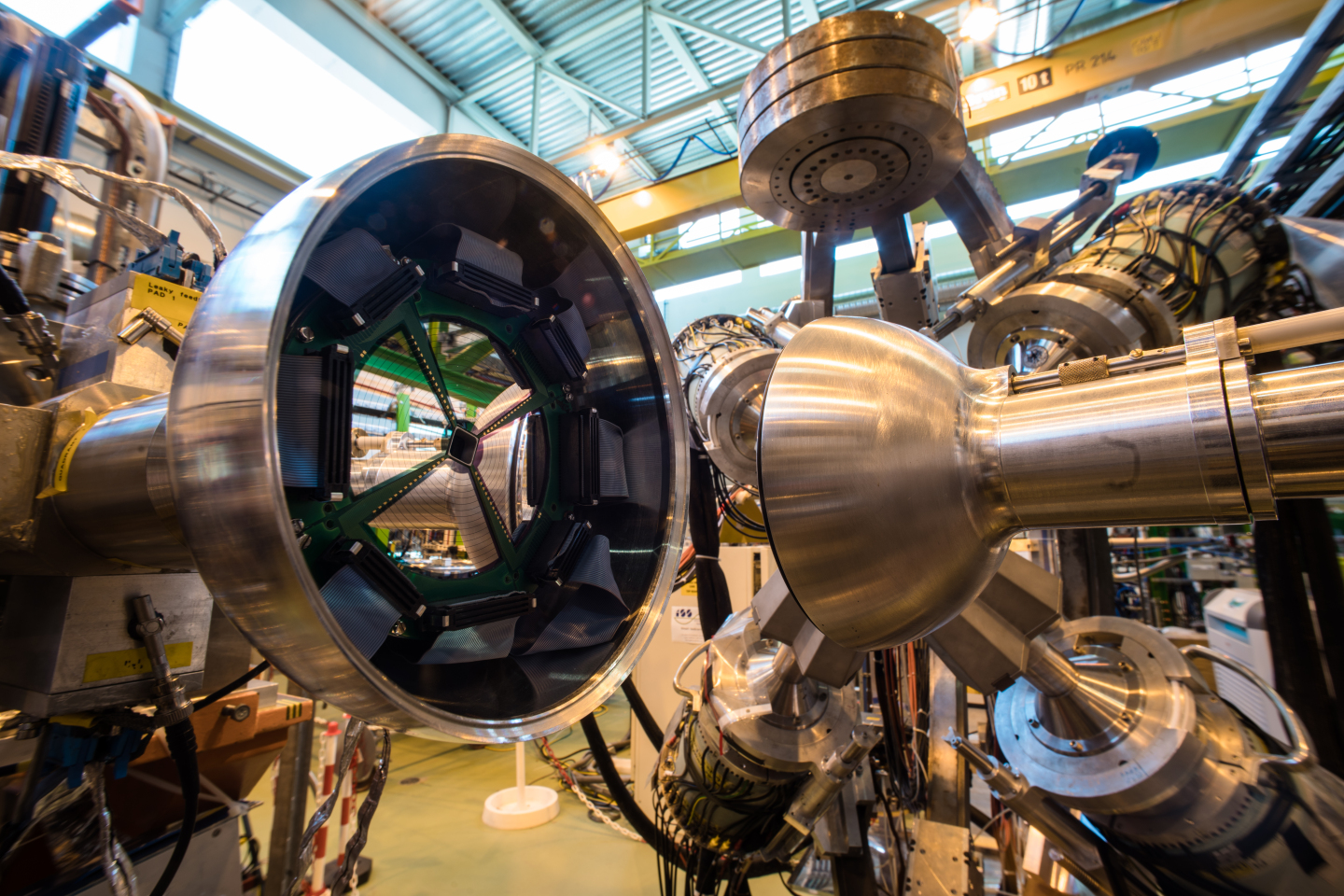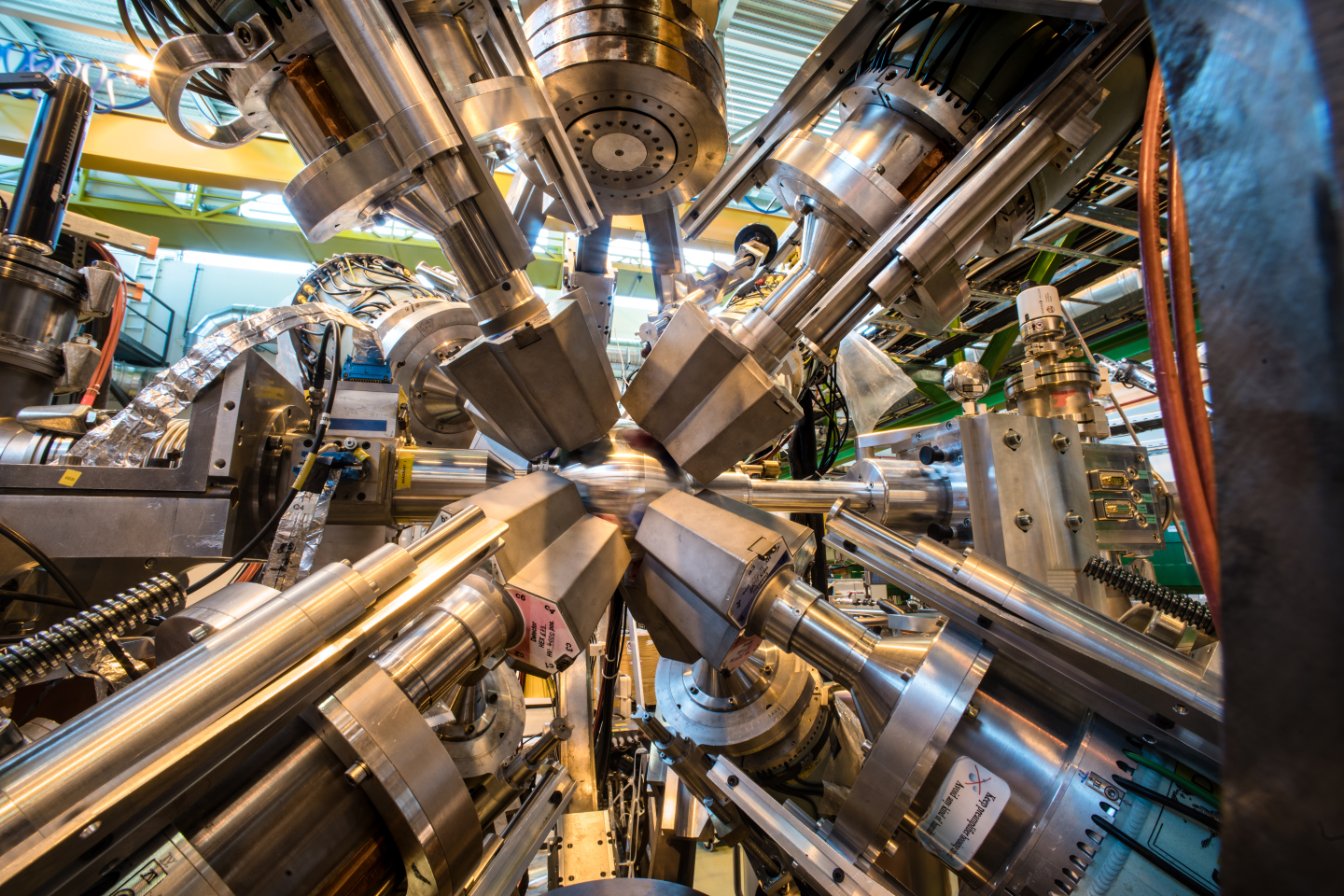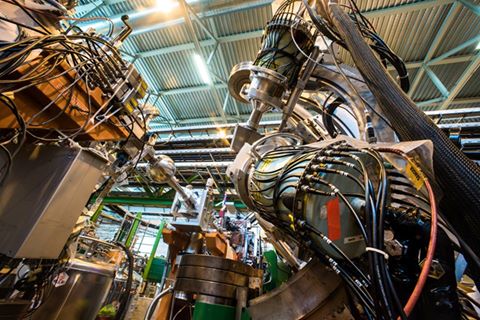-
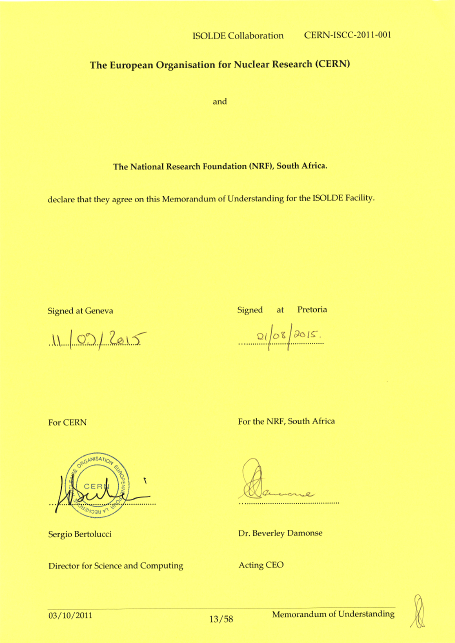
Agreement with CERN -
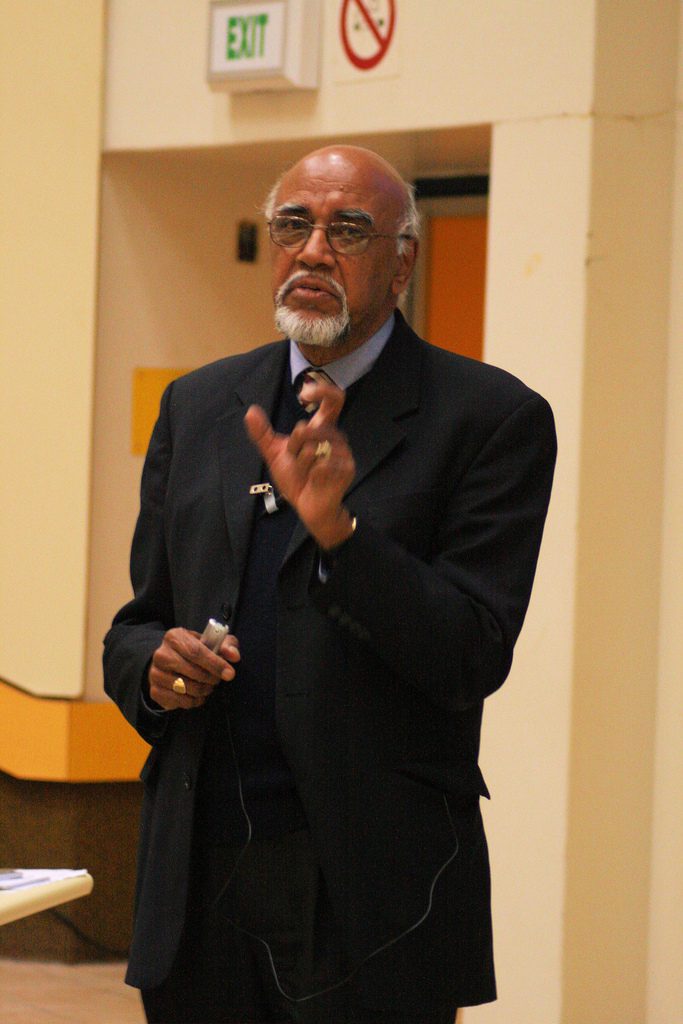
Krish Baruth-Ram
Prof Brian O’Connell asked me with excitement: “Are we really going to CERN?” Nine well-trained SA students went to CERN in July 2017 to run what they called the first African-led experiment at CERN or the Ubuntu experiment, where an exotic nucleus of Germanium, 66Ge, was accelerated for the first time at low energies. UWC’s flag was flying high. But we still had to sort, analyse and extract the relevant Physics. This enormous task was undertaken by Kenzo Abrahams (Kuilsrivier), who uncovered how protons and neutrons act more collectively than expected for the atomic nucleus to attain an oblate (or lentil) shape. Kenzo has closed the loop, proving the world that UWC’s students can run, lead, and finish the highest demanding scientific job at the greatest physics laboratory ever made by humankind.
SA-ISOLDE fees paid in 2015 opens a new era for South African scientists to lead Science at CERN. Prof Krish Bharuth-Ram did it after 25 years behind it!
Twelve South African scientists run major experiment at CERN
A group of UWC students (and their professor) recently performed a major African-led experiment at the CERN laboratory in Switzerland – using some of the most powerful scientific equipment in existence to examine sub-atomic matter and reflect on what happens when stars explode.
CERN, the European Organization for Nuclear Research, is the place where the world’s best physicists and engineers go to find out more about the basic constituents of matter – the fundamental particles that make up our universe.
Professor Nico Orce was accompanied by postgraduate students Dineo Mavela, Senamile Masango, Elijah Akakpo, Kenzo Abrahams, Craig Mehl, George O’Neill, Elias Martin Montes, and Cebo Ngwetsheni from UWC and Sifiso Ntshangase from UniZulu. All these students come from HDIs through the very successful MaNus/MatSci Honours/Masters Programme at UWC. Prof Orce was determined to give as many UWC students as possible the opportunity to the world’s most powerful research laboratory created by mankind – and they didn’t let him down.
This was a long training effort with many CERN-like experiments performed here at iThemba LABS, learning the CERN computing programs (ROOT, GEANT, GOSIA, etc.) and passing the required practical training courses and exams to enter the facility. This hard training resulted in our UWC students running the CERN experiment on their own for many a shift!
Studying shape coexistence with Coulomb excitation reactions
Senamile Masango had the additional honour of being the very first South African woman to conduct a physics experiment at HIE-ISOLDE. “The experience has really motivated me to do even more,” Senamile says. “We were certainly not observers; we led this incredibly complex experiment and had amazing support from the engineers at CERN. We could see that we are not quite at their level yet, because they have spent so much more time at CERN, using their systems. But what that did was to show us just how much we could achieve in the future.”
David Jenkins from the University of York is co-leading the experiment. “I’ve worked with Nico for a long time and I’ve been teaching at his ‘Tastes of Nuclear Physics’ summer school for five years. UWC has a real battle to get funding and Nico has jumped through so many hoops to get here. I wanted to get them involved at Isolde and help build the research expertise in the team.”
“We are living the dream,” Cebo says. “Going to CERN is the pinnacle for any physicist, and we are really grateful to have had the opportunity.”
“Along with the keys to the most famous scientific laboratory in the world, we’re training our students to the highest scientific standards, providing our students with the necessary technical and theoretical skills to achieve excellence in whatever they want to do in life. We’re creating role models and leaders for the country,” says Prof Orce. “We’re broadening their horizons – while at the same time helping us all see deeper into the micro- and macro-cosmos.”
“Our leading experiment helped opening the doors for all South Africans to have similar dreams,” Prof Orce adds. “Obviusly, we cannot ignore our South African pioneers in the SA-CERN Collaboration: Prof Krish Bharuth-Ram and Prof Jean Cleymans, who originally opened the doors for this to happen and, in particular, Prof Bharuth-Ram managed for payment of the ISOLDE fees, making it possible for all South African to lead experiments at CERN. In particular Prof Krish Bharuth-Ram has been working at CERN for 25 years! and is a world-leader in the field of Mossbauer spectroscopy. New SA researchers are becoming CERN Team Leaders in the meantime: Sifiso Ntshangase at UniZulu, Deena Naidoo and Hilary Masenda at Wits, Rob Bark and Mathis Wiedeking at iThemba LABS, Christine Steenkamp at Stellenbosch, and more will come.”
If the extraordinary levels of energy and motivation demonstrated by the team are mirrored by the experimental results, then UWC is set to become a significant name in international nuclear physics.
Photos taken by Julien Marius Ordan (CERN Photographer) during our leading experiment in July 2017.
More high-quality pics can be found here
Want to know more? Watch our CERN video here!
